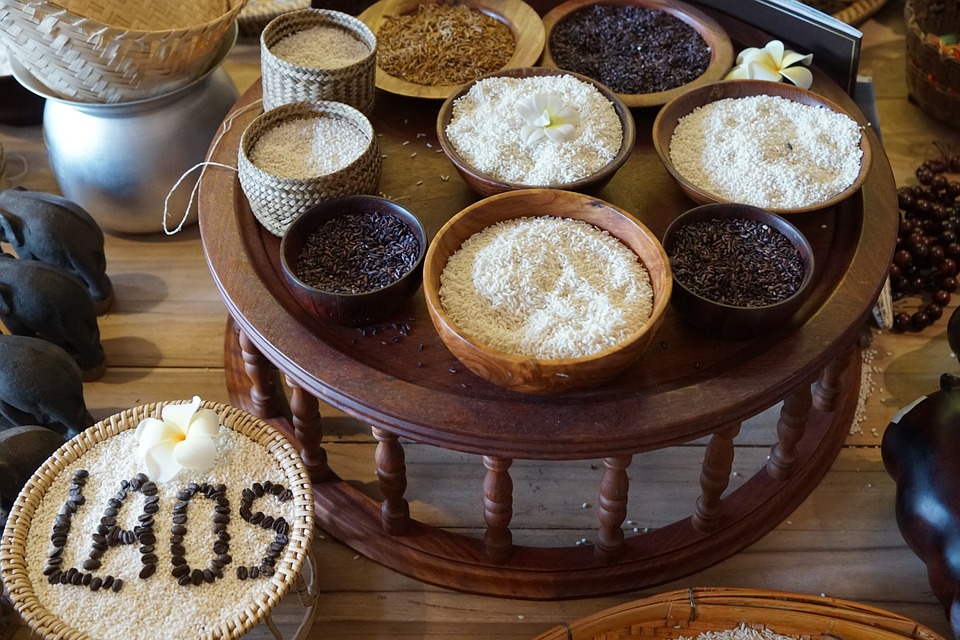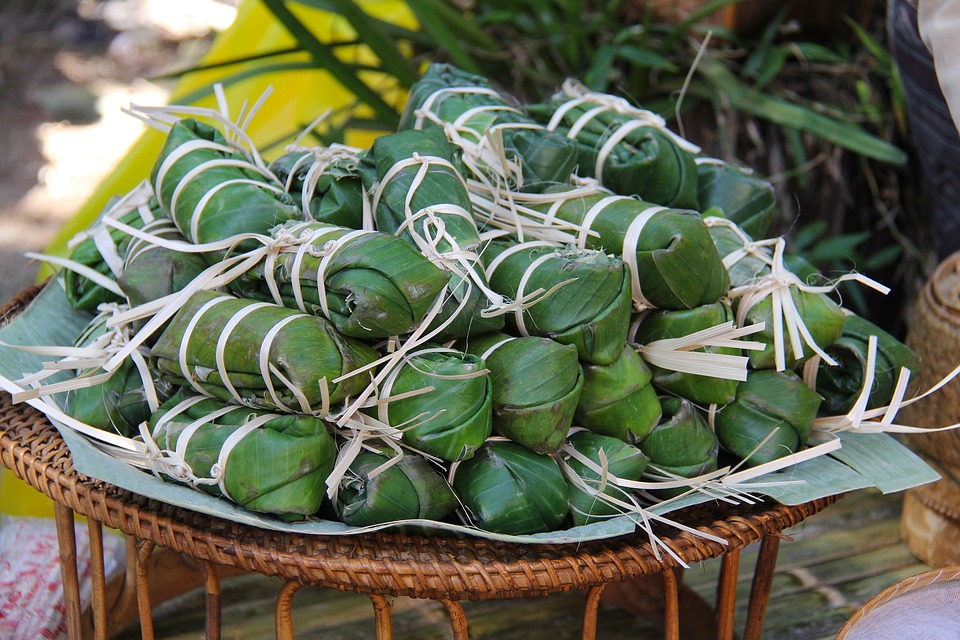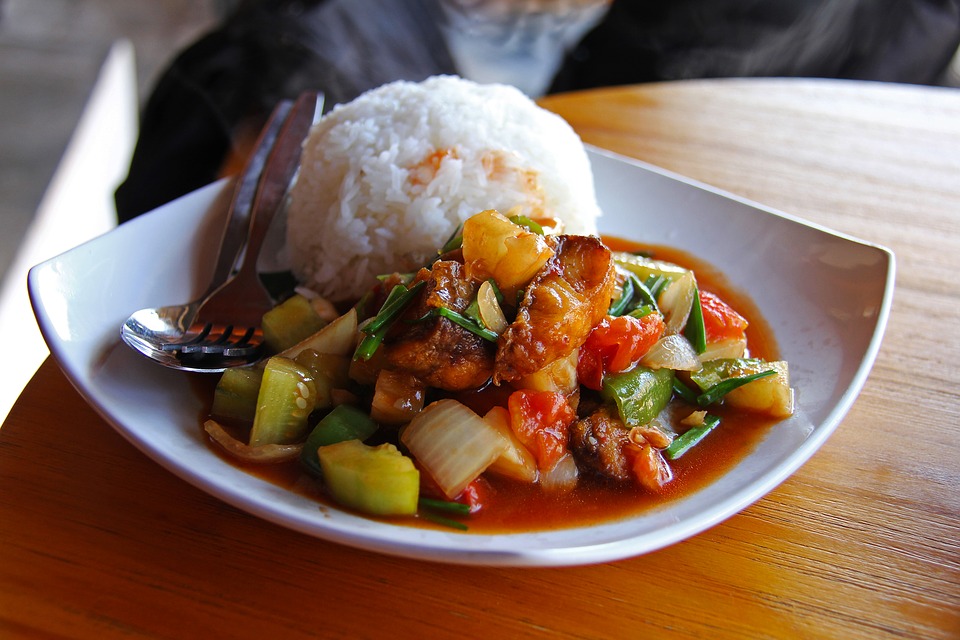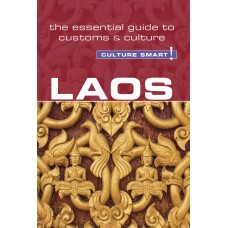This Southeast Asian gem is often overshadowed by its neighbours Thailand and Vietnam, particularly when it comes to cuisine. Vietnamese pho and Thai tom yum are two iconic dishes that spring to mind, while Laos doesn’t have dishes to its name quite as well known. Indeed, Laotian cuisine is a very much a well-kept secret, and one you are sure to miss upon your return.
Food and eating are at the centre of the Laotian lifestyle, and no visit here is complete without experiencing the local culinary delights. Leisure time may be slim for locals, and typically low salaries means more costly pastimes are forgone in favour of another central and important social event. Meals are very much communal affairs, often eaten around low rattan tables in ka toke style, with the participants, often large groups of families, colleagues or friends, sat on floor mats and partaking of the various dishes. Accepting an invite to a meal in Laos is a fantastic and delicious way to immerse yourself in the culture.
 Image Source: Pixabay
Image Source: Pixabay
Locality is central to food production in Laos, where residents rely less on imports and more on the natural resources that surround them. Known locally as ‘Mother of Waters’, the Mekong River defines much of Laos’ western border, and provides vital resources to the local populations. For native cuisine, the river means two important things — fresh fish, and nutritious soil. Seasonal and regional variety in spices, herbs and fish means you will be treated to entirely different flavours and textures depending on where and when you visit.
Nationwide and all year round, rice is the heart and soul of Laos cuisine, often in the form of khao niao (sticky rice). While for main meals rice is served savoury, in little balls or wrapped in banana leaves, it comes sweet and sticky and mixed with various tropical fruits at dessert time. Noodles must come a close second, every variety of which can be found in the markets. For noodle soups, look for feu, and for hearty stir-fry noodles, look for mee. You can’t leave Laos, however, without trying its most famous and best loved dishes — laap, a mixed meat salad, and lap paa and goi paa, minced fish salads. For those with a sweeter tooth, the green papaya salad, tam mak hoong, is also a treat!
 Image Source: Pixabay
Image Source: Pixabay
If new and exciting cuisines tickle your taste buds, you won’t be disappointed by what Laos has to offer. Some of the most popular street stalls boast delicacies with more legs than you might be used to seeing on your dinner plate — fried insects go down a real treat in Vientiane. You’ll find everything from grilled grasshoppers to tiny fried birds on these food stalls, all highly nutritional, if a little crunchy. Khai look, known more widely as balut, is another local treat — an egg with a partially formed chick inside. The egg is incubated for a period of about three weeks, and then growth is halted and the egg is cooked, resulting in a Laotian delight full of protein! The lasting French legacy provides a nice safety blanket for travellers more comfortable with Western culinary traditions. French desserts — flans, tarts, croissants and breads — have survived the test of time, available on street corners and in restaurants alike. The French have also left behind an enduring penchant for wine, providing a wonderful alternative to the undrinkable tap water.
Finding a menu in English isn’t always easy, and often the ones you do find leave some dishes a little lost in translation — ‘prawn cutie,’ anyone? Local stalls are still the best way to go, though. There are burgeoning coffee shops and cafés to be found in Vientiane, adapted to suit the tastes of the younger generation as well as the country’s Western tourists and foreign residents. These ventures tend to be either unknown to or completely unaffordable for the majority of locals though, and won’t be your best bet for encountering Laos’ homegrown delights.
 Image Source: Pixabay
Image Source: Pixabay
Uncover what awaits you in Laos with our brand new Culture Smart! guide, available for pre-order now!

Click here to find out more and pre-order your copy now.